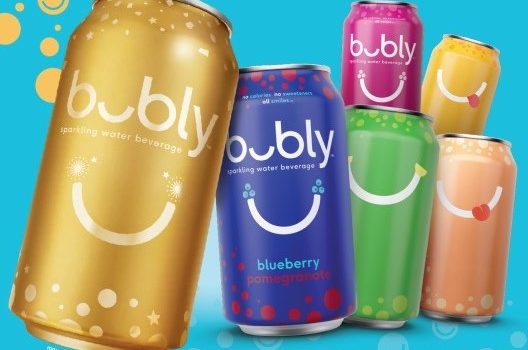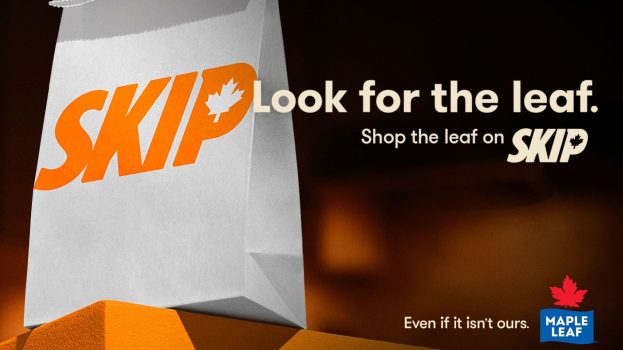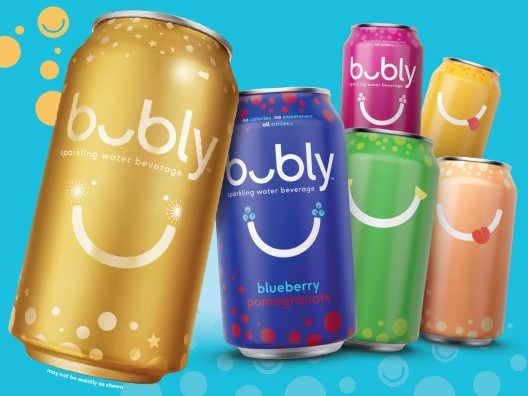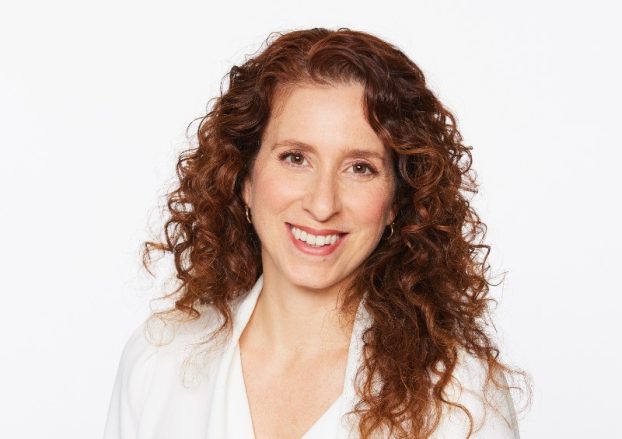Procter & Gamble’s net sales spiked 7% to $19.38 billion in its most recent quarter, beating analyst expectations as the company raised its revenue growth outlook for fiscal 2022.
The maker of Tide, Pampers and Head & Shoulders is reporting fiscal Q3 net income of $3.36 billion, or $1.33 per share, up from $3.27 billion, or $1.26 per share, a year earlier.
For fiscal 2022, P&G raised its revenue growth forecast to between 4% and 5%, up from its previous outlook of 3% to 4%. The company also boosted its forecast for organic sales growth to a range of 6% to 7% from a prior guidance of 4% to 5%.
Much like its Q2 numbers, personal health care is driving sales, double that of fabric and home care when it comes to percent volume growth.
P&G’s Health Care segment saw its organic sales increase 16% versus year ago, while Oral Care organic sales increased high single digits due to continued growth of premium products and increased pricing. Personal Health Care organic sales increased more than 30% due to a stronger cough, cold and flu season versus the prior year, and innovation in sleep and digestive wellness.
Selling, general and administrative expense (SG&A) as a percentage of sales decreased 380 basis points versus year ago. The company says the decrease was driven by 270 basis points of leverage benefit due to increased sales and 130 basis points of gross productivity savings from overhead and marketing expenses.
“Advertising investments remain strong,” according to Andre Schulten, CFO at Procter & Gamble, who added that for its portfolio of products in performance-driven categories, it’s raised the bar in terms of retail execution and brand messaging.
Schulten also said global market share increased 50 basis points. P&G continues to grow in share, up one point versus the same quarter last year, with 9 out of 10 categories increasing share, he added.
In P&G’s Fabric and Home Care segment, organic sales increased 10% versus a year ago, driven by “strong growth behind premiumization, innovation and increased pricing.”
Schulten called out the success of Tide laundry detergent cold water washing as a packaging, sustainability and advertising success, as consumers switch to different washing methods that are more eco-friendly. He also cited Dawn innovations, including allowing a consumer to use “every last drop,” as an easy-to-communicate value proposition.
Baby, Feminine and Family Care organic sales increased 10% versus year ago and the Grooming segment organic sales increased 8% versus a year ago. Lastly, the company’s Beauty segment organic sales increased 3% versus a year ago.
However, like other CPGs, P&G is incurring higher commodity and freight costs and is being challenged by inflationary pressures, leading the company to pass along price increases in some categories.
Going forward, Schulten says, P&G needs to leverage sustainability, increase its digital acumen, enhance supply chain capabilities, and boost employee value equations as part of the CPG’s “constructive disruption” ethos.
























